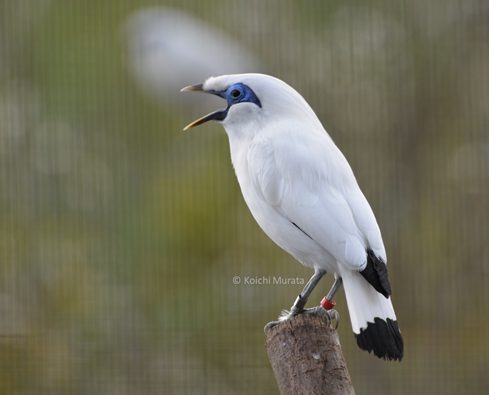The WOAH Wildlife Health Framework (2020) provides background on the importance of wildlife health and details actions to protect wildlife health to achieve One Health.
Further to a series of meetings with Members in the region, we are pleased to launch this “Library of good practices in wildlife health in Asia and the Pacific Region”. These activities may inspire other Members and can be adapted as they further develop wildlife health activities in a One Health arena. They will also spotlight good practices in Asia and the Pacific Region at the global level.
This library aims to collect innovative ideas and good practices conducted within the region to address wildlife health following the two main objectives in the WOAH Framework:
Three outcomes are defined to reach these objectives:
WOAH supports efforts by Members towards these objectives, under six categories of outputs. Here, we are collecting stories relating to these from Members, to encourage information sharing so others may learn from challenges and successes within the region.
A One Health approach with activities such as establishment of multisectoral coordination groups and partnerships, and improved collaboration between Veterinary Services and the wildlife sector.
Capacities developed to establish wildlife surveillance systems and wildlife health management, including wildlife trade and the supply chain.
Improved collection, analysis, reporting and utilisation of good quality wildlife health data – at both the national and global level.
WOAH works towards revision and development of science-based Standards and guidelines through WOAH procedures. Once developed, implementation is carried out by Members.
Enhanced scientific, research and surveillance network, with advocacy for studies to inform wildlife surveillance strategies and risk management. Veterinary education establishments (VEEs) and wildlife management institutions thus generate and disseminate knowledge on wildlife health issues.
Educational material is produced in wildlife health issues, risk communication and advocacy. Communication and tools support these materials, integrating One Health concepts and behaviour change.
Please contact us at [email protected] if you would like to contribute to the library.
